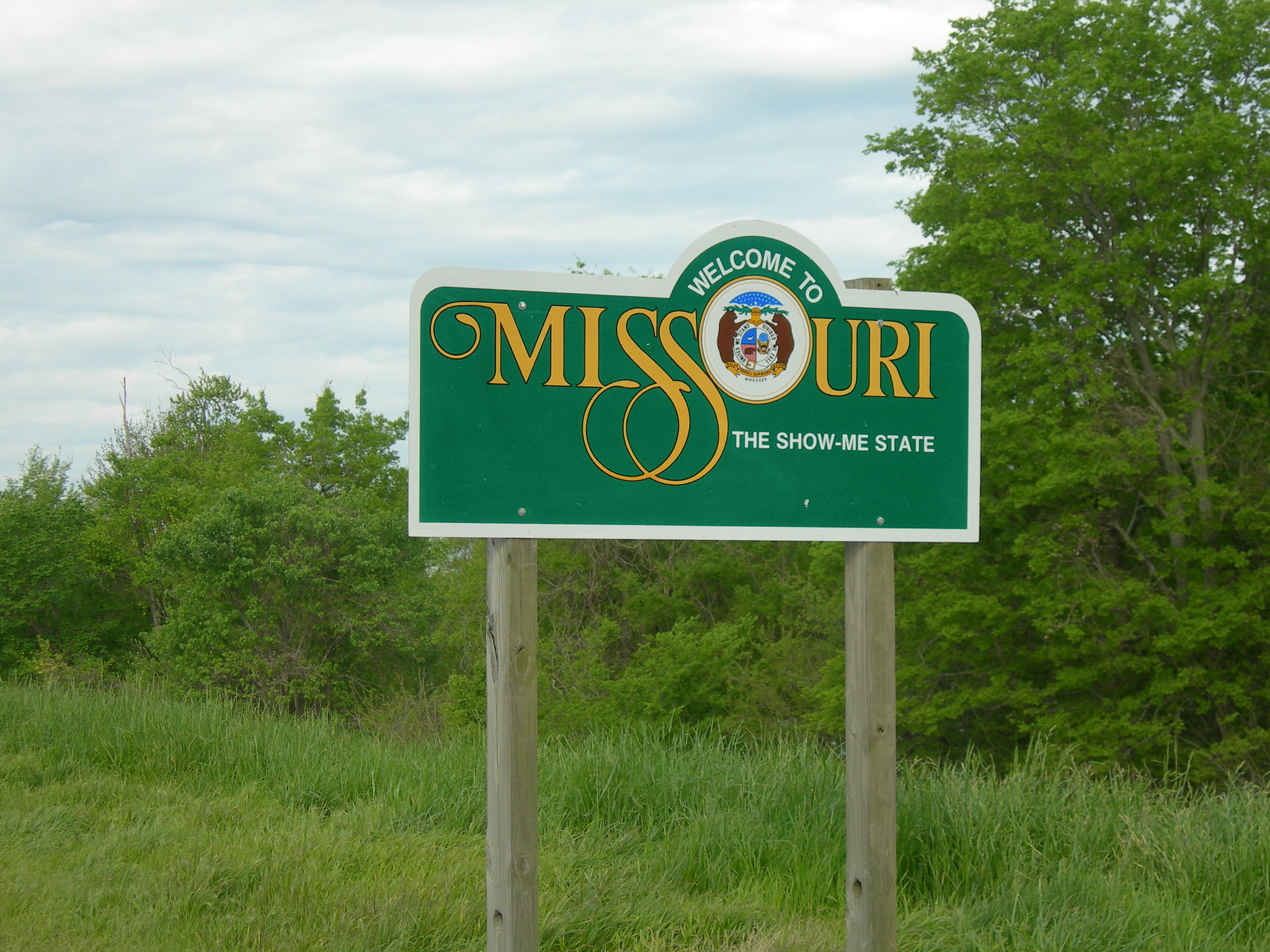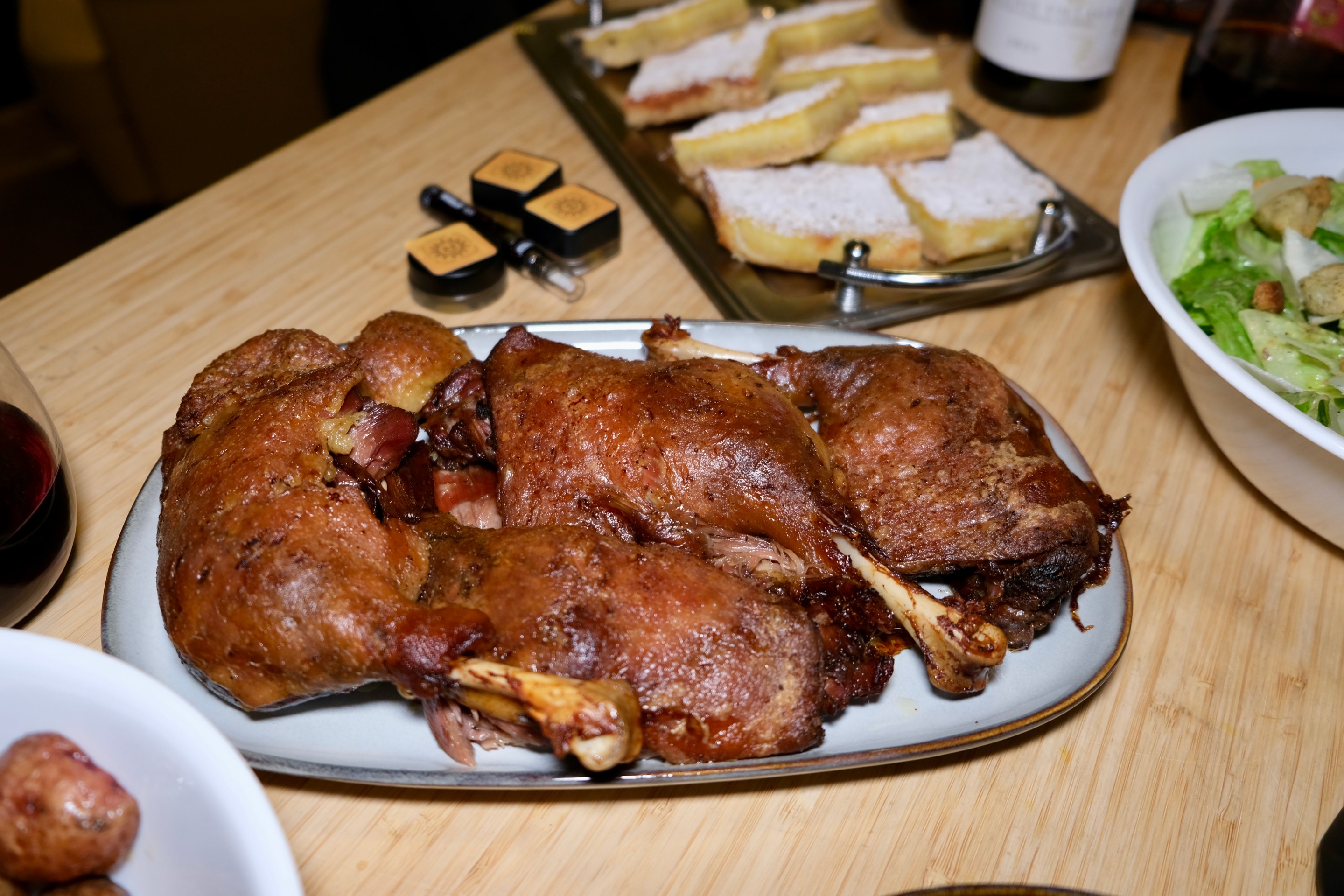State nicknames have always interested me. Some have truth to them, others are just silly marketing.
On family road trips, my siblings and I would read out-of-state license plates as a form of entertainment—that was life before iPads or, in my cheapskate grandparents’s case, A/C in cars. Grandpa, in particular, was an expert with state nicknames. Minnesota is known as the “North Star State” or the “Land of 10,000 Lakes,” he’d holler out, while Iowa is the “Hawkeye State,” Wisconsin is the “Badger State,” and Missouri is the “Show Me State.” What exactly does Missouri want to show me? I never cared to find out before, but given last week’s historically bizarre weather events across Minnesota, maybe we have to take a closer look.
What if I told you that we’re all on a really slow road trip? Cue the old grandpa driving jokes.
If you read who authored this article, you knew I was going to get into weather and climate at some point. So here we go: Minnesota’s been warming at a rate of about 0.25° F per decade. I know that sounds like a pathetic, insignificant amount, but the result is an 11-mile creep down I-35.
Over time, that mileage adds up.
Essentially, the Minneapolis of the 1870s and 1880s—then deemed “another Siberia, unfit for human habitation” by a New York journalist over a century before the “Grape Salad'' controversy—has shifted about 140 miles north of where we are today. Climate-wise, that places the old Minneapolis somewhere around today’s Aitkin or Moose Lake, the latter of which once called my great-great grandfather mayor—beat that!
Let’s talk about moose. If you’re one of those who can’t be bothered by pesky numbers and data, the type who thinks we’re arrogant to believe humans have an impact on the climate, just ask a moose. Or a tree. Or a caribou.
If you look at the historical range of moose compared to today… guess what? It has retreated 140-plus miles north and northeast. If you look at caribou aka reindeer, who once occupied about a quarter of Minnesota, you get similar figures: a retreat of 150-plus miles. Similar trends are pushing Minnesota’s boreal forest northward into Canada. But, of course, if you’re a tree you don’t have the luxury of picking up and moving like those elitist moose and reindeer, so the retreat is more like a slow die out without heirs (because you’re too stressed to perform, duh!) to leave your plot of dirt to.
If you’ve made it this far and still wonder WTF is Sven talking about, I’ll cut to the chase. We’re moving south—eek! Minneapolis circa 2021 is the Mason City, Iowa, of 150 years ago. If we get our act together and limit global warming to 2.0° C, the number agreed to in the Paris Climate Accords, we’re still in Iowa, but southern Iowa versus northern Missouri. Picture Ottumwa, just south of Des Moines. If we stay on our current track we’re destined to feel like current-day Kansas City. And if we really blow it, in terms of reducing CO2? Minneapolis will feel like Fayetteville, Arkansas, as soon as 2100.
While we’ve warmed at a rate of 0.25° F per decade, it’s not been constant: That rate has doubled over the past half-century. Instead of pumping the figurative climate brakes in Iowa, we’re accelerating to the “Show Me State” or worse—the “Natural State”... try harder, Arkansas! There ain’t nothing natural about Minnesota resembling the Ozarks; that means our State Fair becomes Branson?!
President Harry Truman, a notable Missourian, famously declared “The buck stops here!” Well, I sure hope so Mr. President! Hey, I don’t necessarily want to live in “American Siberia,” but all our wildlife, our 14,380 lakes (update the license plates!), and our three major biomes evolved to fit a climate different than today’s, and certainly far different than Missouri’s or Arkansas’s.
The truth is Minnesota will likely not have moose by the end of this century. Same goes for reindeer. The icon of the Northwoods will have left us, or… did we leave it? What makes Minnesota cool isn’t our outsized theater and buzzing restaurant scenes, high standard of living, and great bike trails. It’s the fact those major biomes—coniferous, deciduous forests, tall grass prairie—meet in one little geologically distinct tundra we call home. These periphery ecosystems are the most at risk to subtle changes. We may think nothing of driving 300-400 miles in a day, but species can’t survive changes of that scale. They are the climate refugees.
“Slow down, Elmer!” my grandma would yell to grandpa on those road trips as he approached the speed limit, his side hair blowing out the window. Maybe grandma was right.







